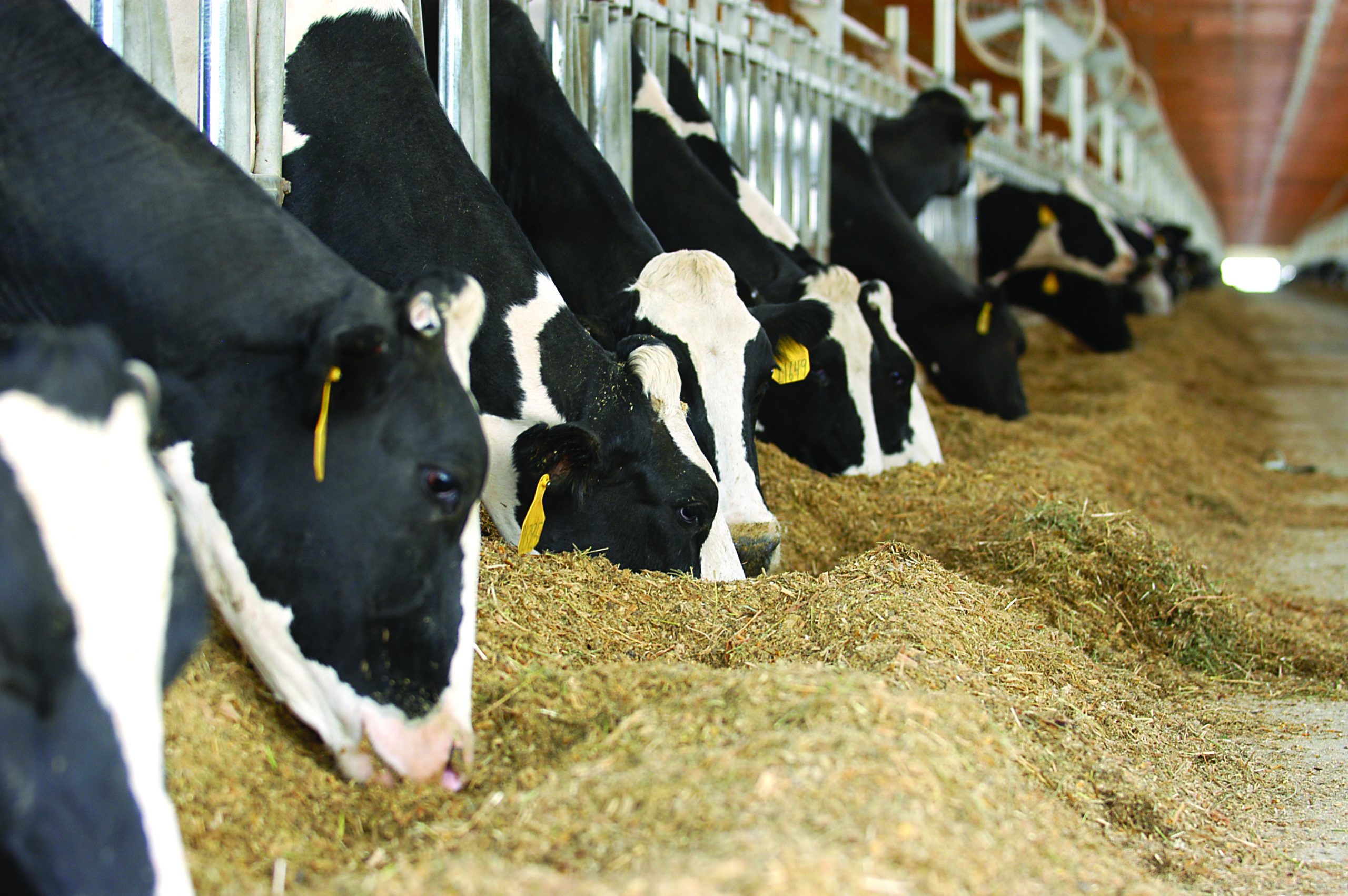Lignosulphonates are amorphous branched polymers of lignin, containing sulphonated covalently linked phenyl propane monomers, produced from the sulphite pulping of lignocellulosic biomasses.
The calcium lignosulphonate, sodium lignosulphonate and magnesium lignosulphonate under assessment are considered together under the term lignosulphonate.
Lignosulphonate is safe for chickens for fattening, laying hens, pigs for
fattening and cattle for fattening at a maximum concentration of 10 000 mg/kg complete feed. A margin of safety cannot be identified. Therefore, this conclusion cannot be extended to all animal species/categories. No concern for consumer safety would arise from the use of lignosulphonate in animal nutrition.
Lignosulphonate is not an irritant to the skin and eyes and is not a skin sensitiser. Exposure to dust by inhalation is considered a hazard.
The EFSA Panel on Additives and Products or Substances used in Animal Feed (FEEDAP) could not conclude on the safety of lignosulphonate for the environment. Lignosulphonate is effective as a pellet binder at a minimum level of 7 500 mg/kg feed.
Lignosulphonate is safe for chickens for fattening, laying hens, pigs for fattening and cattle for fattening at a maximum concentration of 10 000 mg/kg complete feed but a margin of safety could not be identified. Therefore, this conclusion cannot be extended to all animal species/categories.
No concern for consumer safety would arise from the use of lignosulphonate in animal nutrition.
Safety for the environment
Lignin is a major component of plant materials and it is also excreted by plant-eating animals. Lignin is the most abundant natural aromatic substance present in the environment. It is degraded by a variety
of soil bacteria and fungi.
However, lignosulphonate is a chemical different from lignin. It does not naturally occur in the environment, and therefore an environmental risk assessment is considered necessary. The available information did not allow a complete risk assessment.
Although the Panel acknowledges that the use of lignosulphonate as a feed additive probably accounts for only a small fraction compared with other uses (e.g. cellulose industry), in the absence of additional information no conclusion on the safety for the environment can be drawn.
Efficacy
The efficacy of a pellet binder is mainly assessed measuring pellet durability index (PDI), the percentage of whole pellet after tumbling under specific conditions, and relative motor load (related to the maximum capacity of the electric engine) during pelleting.
26 a maize/soybean (3:1) mixture was pelleted at approximately 83 °C with the addition of lignosulphonate at 0, 5 000 or 10 000 mg/kg compound feed (four replicates of 4 kg each).
Motor load was reduced by the addition of lignosulphonate at 5 000 and 10 000 mg/kg from 83.3 % (control) to 80.8 and 80.2 %.

